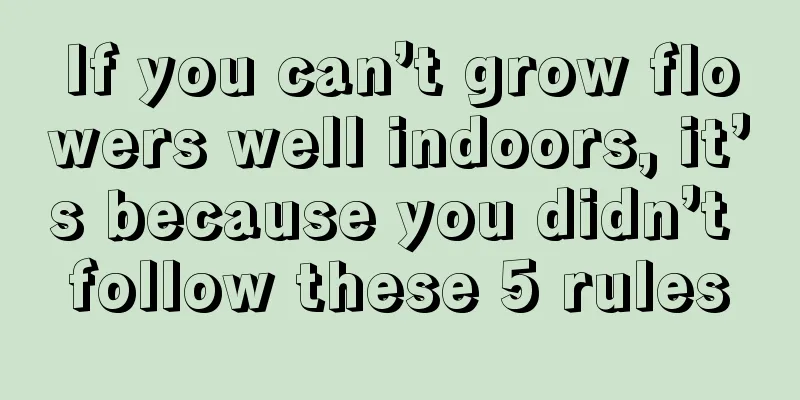If you can’t grow flowers well indoors, it’s because you didn’t follow these 5 rules

pruneEvery time we prune, we should carefully check each plant and prune any plants with yellow or dead leaves, asymmetrical tree shapes, or steep and long branches in a timely manner. If the leaf area is more than 1/3 withered and yellow, the entire leaf should be cut off. If the leaf area is less than 1/3 withered and yellow, use scissors to cut off the withered and yellow part along the leaf shape. Be careful to retain the leaf shape and do not cut it across with one knife. health① Clean the leaves of plants. Clean the leaves of plants before entering the site each time. Clean the leaves of plants regularly to avoid any dirt or dust on the leaves. ② Clean the garbage, debris, and fallen leaves inside the flower pots and pot covers, clean the mud on the surface of the flower pots and pot covers, and clean the bottom dish to remove mud, dirt, and stagnant water. ③After each care, mop up the accumulated water on the site and remove the dead leaves and flowers. WateringThe amount of watering for indoor flowers and trees should be adjusted according to their location, variety, habits, and season. Plants near windows or in locations with strong west sunlight or air conditioning should be watered more, while succulents, perennials, and plants should be watered less. Water more in summer and autumn, and less in winter and spring to maintain the right amount of moisture. FertilizationNPK compound fertilizer and organic fertilizer are commonly used for indoor foliage plants. The amount of fertilizer to be used is determined according to the humidity, light and plant species in different locations. Indoor flowers and trees should not use fertilizers with odor or high-efficiency pure nitrogen fertilizers such as urea. Pest controlThere must be effective measures and plans to prevent and control pests and diseases such as aphids, mites, scale insects, mosquitoes and flies, soft rot, black spot, etc., so as to nip the pests and diseases in the bud. |
<<: How to grow Veronica and what to pay attention to
>>: Cultivation methods and precautions of Clematis
Recommend
When is the best time to prune spider plants? How to prune branches
Chlorophytum pruning time There is no specific ti...
What soil is suitable for growing chrysanthemums?
Chrysanthemum does not have high requirements for...
How to grow yew
1. Breeding environment 1. Soil: You can use fert...
How long is the growth cycle of pine?
Pine growth cycle Depending on the growing enviro...
When is the best time to sow chrysanthemum
Chrysanthemum sowing time Chrysanthemum is a pere...
Environmental conditions and characteristics of watermelon growth
Environmental conditions and requirements for wat...
How to cultivate green chrysanthemum
1. Soil When growing green jade chrysanthemum, yo...
Learn it quickly! The secret of flower-growing that has been passed down for 50 years is about to be lost!
Bury a plastic bottle in the soil and apply ferti...
Does the creeping bellflower need to be pruned?
Does this plant need regular pruning? In fact, it...
How often should you water roses?
How often should you water your roses? Roses are ...
Should Australian fir be watered thoroughly? The correct way to water
Is the Australian fir watered thoroughly? Austral...
When is the best time to prune the jujube tree?
Time to prune jujube trees The jujube tree can be...
Can honey be used as fertilizer?
Honey as fertilizer Honey can be used as fertiliz...
The growth environment and local conditions of Nanmu
Nanmu growth environment and conditions Nanmu is ...
If you don't know these tricks when growing flowers in summer, your flowers will surely die.
Rose After the flowering period in May, we will e...









